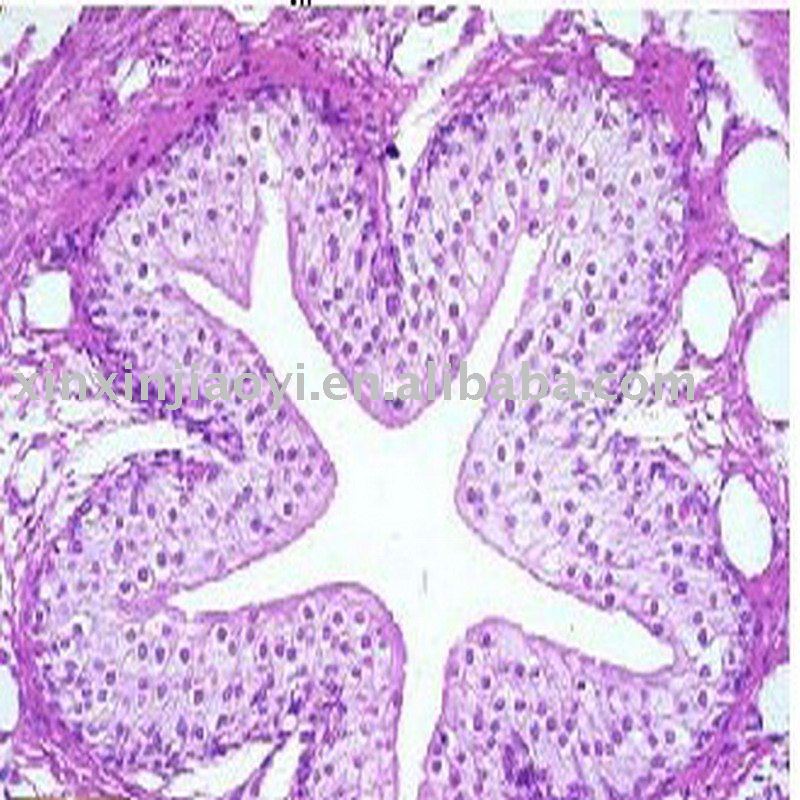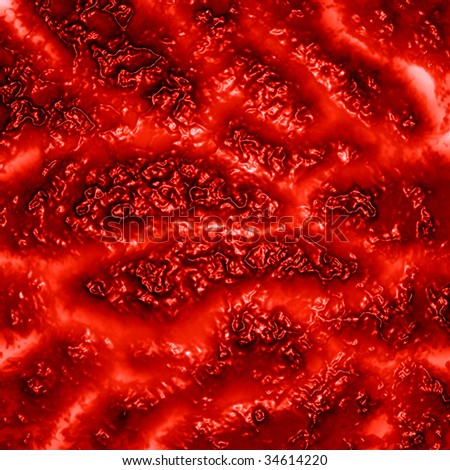Human Tissue
As described in a paper published August 26 in Nature Materials, a multi-institutional research team led by Charles M. Lieber, the Mark Hyman, Jr. Professor of Chemistry at Harvard and Daniel Kohane, a Harvard Medical School professor in the Department of Anesthesia at Children's Hospital Boston developed a system for creating nanoscale "scaffolds" which could be seeded with cells which later grew into tissue.Also contributing to the work were Robert Langer, from the Koch Institute at the Massachusetts Institute of Technology, and Zhigang Suo, the Allen E. and Marilyn M. Puckett Professor of Mechanics and Materials at Harvard's School of Engineering and Applied Sciences."The current methods we have for monitoring or interacting with living systems are limited," said Lieber. "We can use electrodes to measure activity in cells or tissue, but that damages them. With this technology, for the first time, we can work at the same scale as the unit of biological system without interrupting it. Ultimately, this is about merging tissue with electronics in a way that it becomes difficult to determine where the tissue ends and the electronics begin."













No comments:
Post a Comment